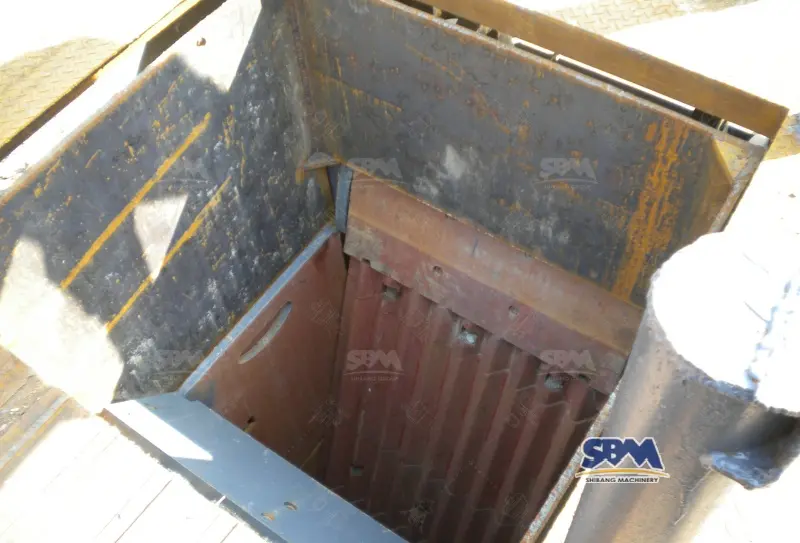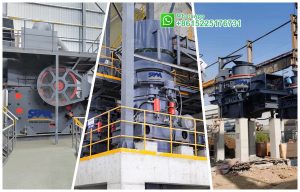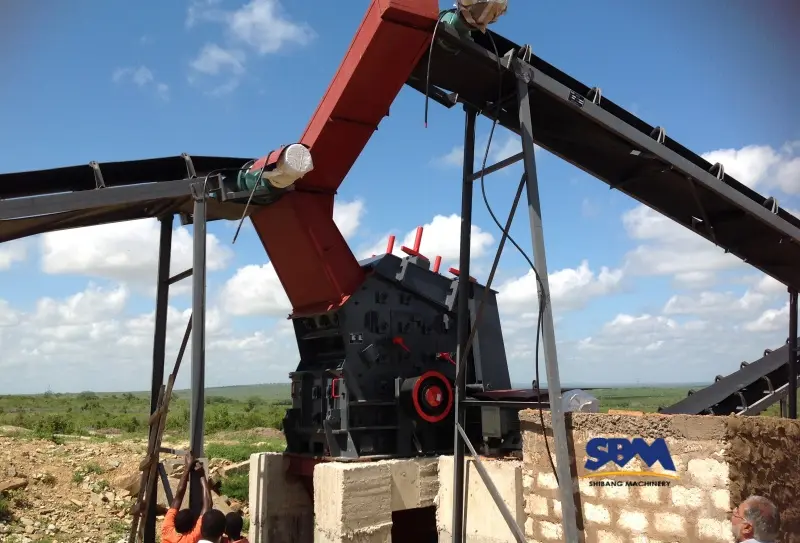Email: [email protected]
Fixed Jaw Crusher vs Gyratory Crusher: What’s the Best Choice for Your Project?
When selecting primary crushing equipment, the debate between fixed jaw crusher vs gyratory crusher often arises. Both machines excel in reducing large rocks but differ significantly in design, efficiency, and application. This guide breaks down their differences, real-world use cases, and how to choose the right crusher for projects like concrete recycling or mining.
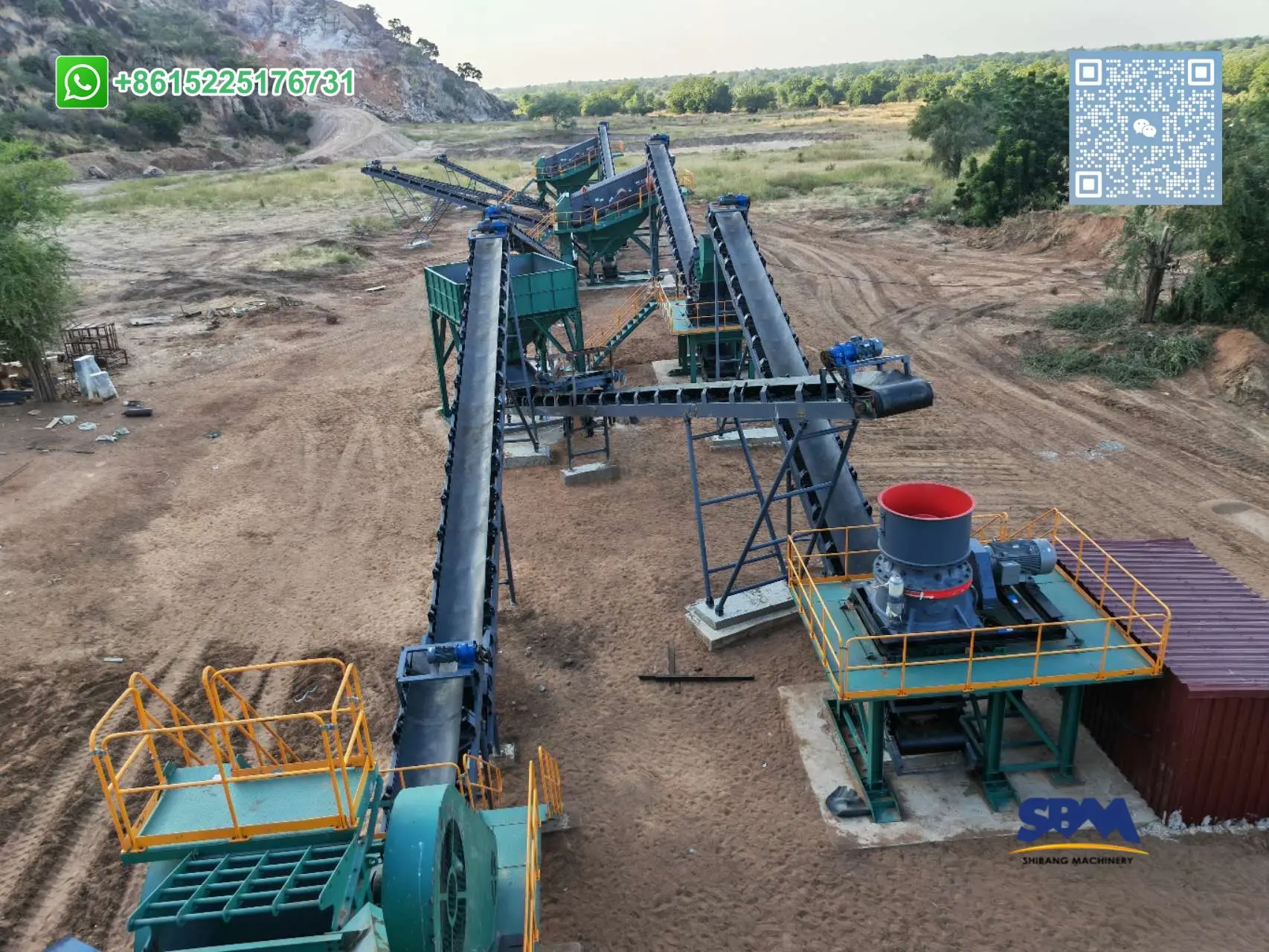
Core Design Differences: How They Work
Fixed Jaw Crusher Structure
A fixed jaw crusher operates using compressive force. Its two vertical jaws—one stationary (fixed) and one movable—crush materials by pressing them until they break. Models like the PE 600×900 Jaw Crusher are popular for their simplicity and reliability in quarries.
Gyratory Crusher Mechanics
Gyratory crushers use a rotating mantle and concave surfaces. The central spindle gyrates, creating a compressive action that crushes materials. These machines are taller and bulkier, making them ideal for high-capacity mining operations.
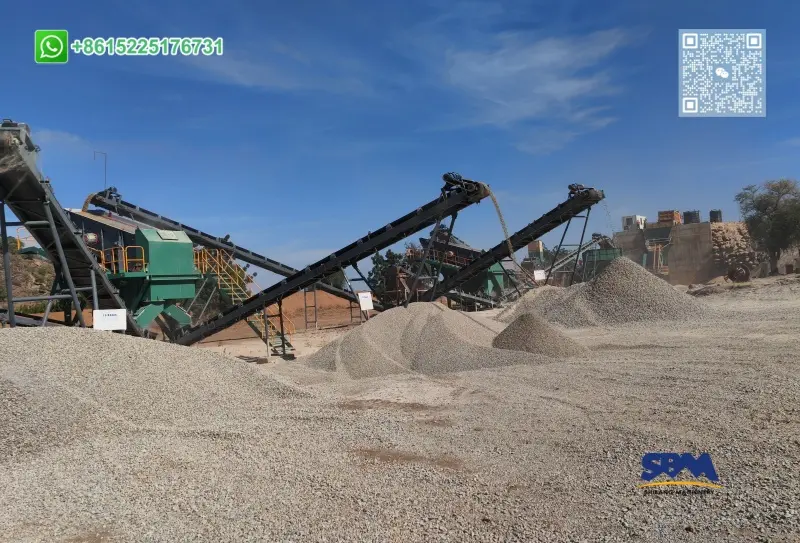
Performance Comparison: Efficiency & Output
Crushing Capacity
- Fixed jaw crushers: Best for medium-scale projects like concrete recycling or aggregate production. They handle abrasive materials well but require frequent maintenance.
- Gyratory crushers: Higher throughput (up to 14,000 t/h) suits large mining operations. Their continuous crushing cycle reduces downtime.
Energy Consumption
Gyratory crushers consume 15–20% less energy per ton in high-capacity settings. However, smaller operations may prefer fixed jaw crushers like the Mobile Jaw Crusher vs Fixed Jaw Crusher for lower upfront costs.
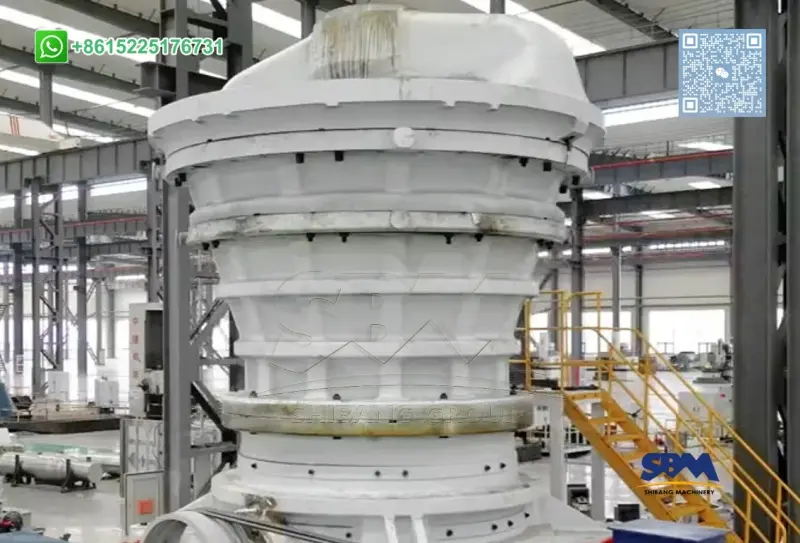
Maintenance & Operational Costs
Wear Parts Replacement
- Fixed jaw crushers: Cheaper to maintain. Replaceable parts like toggle plates and liners are accessible.
- Gyratory crushers: Complex assembly increases downtime during mantle or concave replacements.
Longevity
Gyratory crushers last longer under heavy-duty conditions, while jaw crushers like the PE 600×900 offer cost-effective solutions for shorter projects.
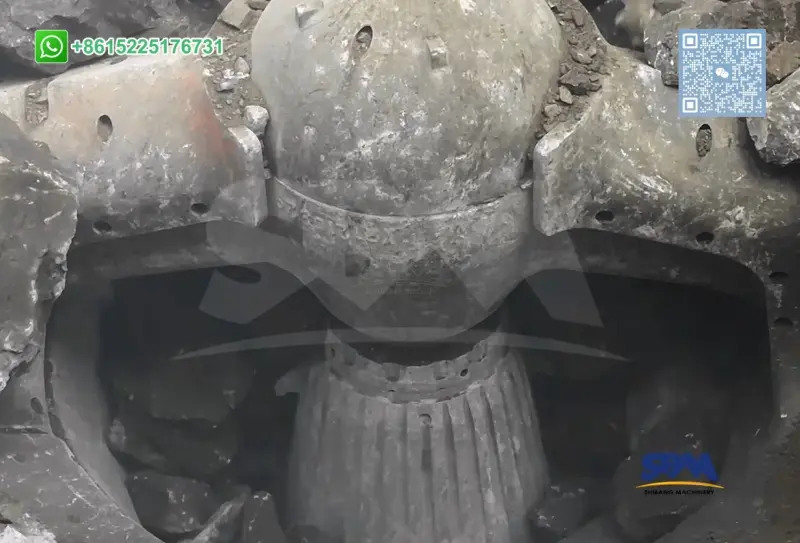
Global Case Studies: Where Each Crusher Shines
Case 1: Concrete Recycling in Germany
A Berlin-based recycling plant opted for a fixed jaw crusher to process demolition waste. Its compact design and easy integration with screening systems streamlined their concrete recycling workflow.
Case 2: Copper Mining in Chile
A Chilean mine uses a gyratory crusher to process 12,000 tons of ore daily. At the same time, the machine’s high capacity and low energy use reduced operational costs by 22%.
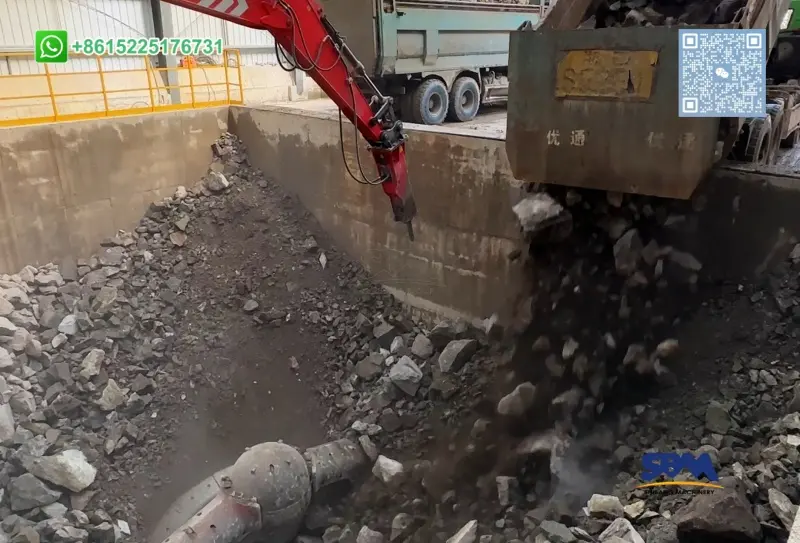
How to Choose Between Them
Consider these factors:
- Project Scale: Small to medium? Pick a fixed jaw crusher. Large mining? Opt for gyratory.
- Material Hardness: Abrasive aggregates? Jaw crushers perform better.
- Budget: Gyratory crushers have higher upfront costs but lower long-term expenses.
For mobile setups, explore Mobile Jaw Crusher vs Fixed Jaw Crusher comparisons.
Final Thoughts
Both fixed jaw crusher vs gyratory crusher have unique strengths. While jaw crushers dominate concrete recycling and mid-sized quarries, gyratory models excel in high-volume mining. Assess your project’s needs, material type, and budget to make an informed choice.
Need a reliable crusher? Learn more about our PE 600×900 Jaw Crusher or explore our guide to gyratory crushers for industrial applications.
Headquaters Office
Whatsapp:+8615225176731
Email: [email protected]
Address: No. 1688, Gaoke East Road, Pudong new district, Shanghai, China.
Website: https://www.mill-sbm.com/


